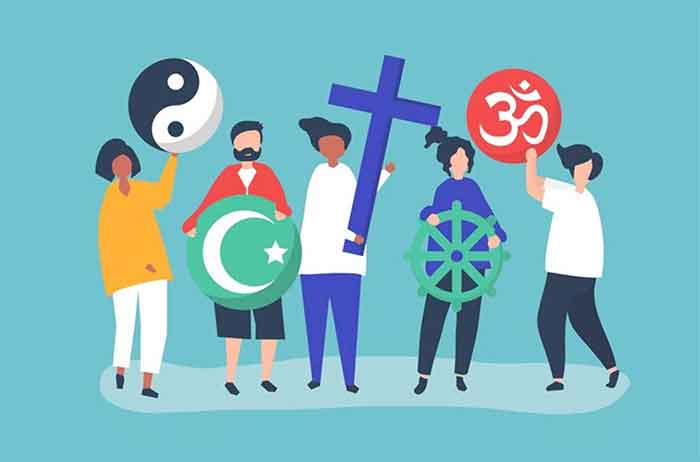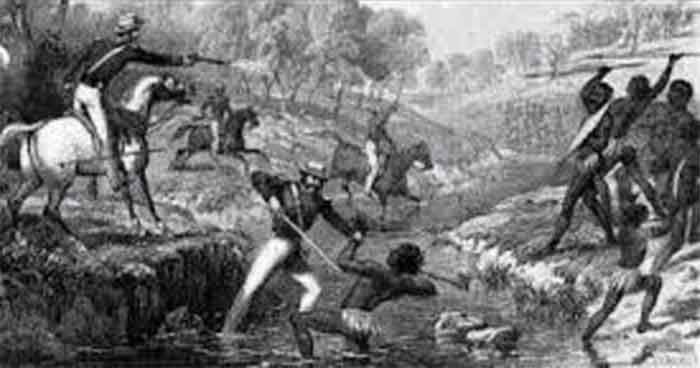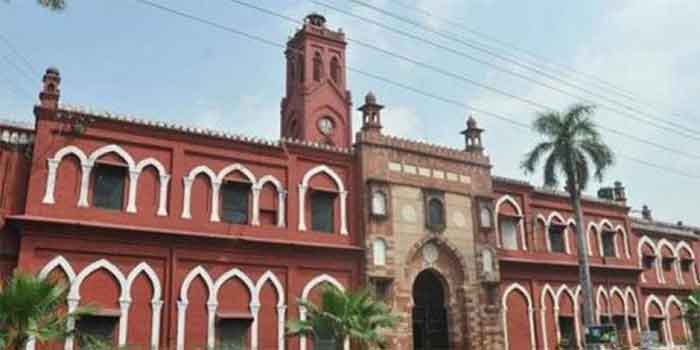
The events at and around Chauri-Chaura, a rural area located in Gorakhpur region of Uttar Pradesh, during the first week of February 1922 constitute an important chapter of the history of the freedom movement of India. These events became the immediate and most frequently mentioned reason for Mahatma Gandhi to stop the non-cooperation movement abruptly and this in turn had important repercussions for Indian history.
As the hundredth anniversary year of Chauri-Chaura episode is being observed now, this is the most suitable time to check further misrepresentation of this important chapter of India’s inspiring freedom movement. Based on this correction, there should be better appreciation of the sacrifices of freedom fighters, better care of their descendants as well higher respect at the memorials of these freedom fighters. It has been suggested that the fact that many of these freedom fighters were poor peasants with no influential leaders, and that most of them belonged to backwards or dalits or minorities, has been a reason for denying them their due. If this is so, such discrimination must end.
The events started on February 1 as part of routine protests which were common in the non-cooperation movement at that time. However there was disproportionately violent response on the part of the local police and the hoodlums acting in collusion with the police. Some of the freedom fighters in a leadership role as well as ordinary participants in the protest were arrested and/or beaten up mercilessly.
Instead of having the intended impact of scaring people, this only led the brave peasants and workers to mobilize on a wider scale.
The impact of this mobilization could be seen on February 4 when the people brought out a much larger procession and this proceeded on a longer route, as people from more hamlets joined. However the local police boss was notorious for cruelty and used not only his own police force but also the goons of zamindars, or exploiter landlords, whom the people hated because of their exploitation and harassment even in normal times, to attack protesters. It is against this background that the mounting resentment must be understood.
When the police also opened fire on unarmed protesters, killing some and injuring others, it could be understood that the patience of the protesters could not last for too long. Besides they had to do something in self-defense, given that the police had been very aggressive and had fired on unarmed protesters. The fact that it was a peaceful protest to start with and its intentions were peaceful is evident from the fact that the protesters were unarmed. The fact that they were unarmed is evident from the fact that even when pushed to the brink, initially all that they could do was to counter bullets with just stones, the only weapon they could find nearby.
The aggression and violence for the greater part of the four days was mostly concentrated on the side of the policemen and hoodlums colluding with them. It was only towards the end that a few protesters somehow got hold of some ordinary inflammable material to set the police post on fire and the policemen holed in inside were burnt to death.
The regrettable death of 23 policemen led the colonial administration to unleash merciless repression over a wide area. As many as 228 persons were brought to trial. 6 of them died in police custody. 172 were initially sentenced to death in a highly arbitrary and unjust trial which was criticized as legalized murder by M.N. Roy. Later the Allahabad High Court changed this to death sentence for 19 freedom fighters and life imprisonment for 110 freedom fighters.
On February 12 Mahatma Gandhi called off the non-cooperation movement, citing the Chauri-Chaura incident as a major reason for concluding that the nation was not yet ready for a longer peaceful protest. This decision of Mahatma Gandhi was widely criticized by his colleagues in the freedom movement, not just by Subhash Bose and C.R.Das but even by Jawaharlal Nehru, not just by some leaders but by countless ordinary Indian who had left their livelihoods to court arrest. Gandhiji himself was arrested soon after.
History proved that the critics were right. When a huge movement is peaking and several hundred thousand people have come forward with commitment and courage, and then the biggest leader suddenly and abruptly gives a call for withdrawal, citing reasons which cannot be widely appreciated and justified on the basis of available factual evidence, then this has a very harmful and discouraging impact on the movement and its participants and supporters. The depressive impact led to a situation in which the same resistance and momentum could not be recreated for about another decade. The next wave of resurgence was also possible only because of the great courage shown by Shahid Bhagat Singh and his comrades even after they were jailed.
After the withdrawal of the non-cooperation movement there were a few years of vacuum in which the vacant places in public activity could get occupied more by communal and sectarian forces having the support of colonial rulers. The revolutionaries led by Ram Prasad Bismil, Chandrashekhar Azad and Bhagat Singh tried their best to keep the flames ignited within the limitations of their reach and resources.
The fact that Chauri Chaura was cited as a reason for the withdrawal of the non-cooperation movement led to a situation in which the sacrifices of this phase of the freedom movement did not get adequate appreciation, and enough could not be done to help the families of those freedom fighters who were either sentenced to death or else were punished very rigorously with life imprisonment. Even after independence, despite the creation of a memorial, there is ambivalence in official attitude and sometimes it is not clear if the government is more keen to honor the original oppressors or the freedom fighters!
The observance of the 100th anniversary of Chauri Chaura chapter of the freedom movement may be just the right time to heal the wounds and start a process of creating or reshaping a proper and better memorial for freedom fighters, as well as honoring and rewarding their descendants, apart from placing Chauri Chaura in better perspective in history. Above all we need to learn from history and the most important lesson of Chauri Chaura for our times and for future is that the leadership of a big movement of people or national movement should never be concentrated in the hands of a single person, no matter how great or respected or wise. If the leadership and decision-making of the non-cooperation movement had not been concentrated so highly in the hands of Mahatma Gandhi, then the mistake of taking back or withdrawing the huge national movement on the basis of one or very few incidents involving violence could have been avoided .With the movement gathering strength and momentum for a much longer time the course of Indian history is likely to have taken a different and much better turn.
Bharat Dogra is a journalist and author who has been close to several Gandhian social movements. His recent books include Man Over Machine ( Gandhian ideas for our times) and When the Two Streams Met ( freedom movement of India).
IF YOU LIKED THE ARTICLE SUPPORT PEOPLE’S JOURNALISM

















































